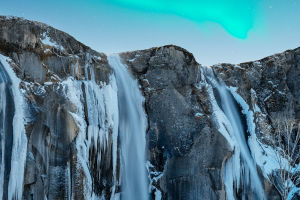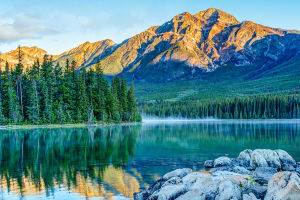Hey Lykkers, do you know anything about Offshore work?
Offshore work involves labor at sea on platforms or vessels away from the shore. Due to its remote and challenging conditions, it demands specialized skills and rigorous safety measures, serving critical sectors like oil and gas, wind energy, and marine research.
So, what exactly are offshore works? They include:
(1) Setting up and removing underwater facilities.
(2) Constructing piers, docks, platforms, locks, dams, and various types of embankments or artificial islands.
(3) Erecting bridges, and ropeways, and constructing underwater tunnels.
(4) Salvaging wrecks and sunken objects.
(5) Laying, removing, and maintaining underwater cables or pipelines on the water.
(6) Setting up fixed net facilities for fishing and breeding.
(7) Setting up mooring pontoons, bamboo rafts, bollards, and similar facilities.
(8) Carrying out marine and meteorological observations, hydrographic surveys, geological surveys, scientific research, and other activities that affect the safety of water transportation.
(9) Removing surface debris.
(10) Sweeping, dredging, blasting, piling, pile-drawing, filling, sand dredging, gold mining, quarrying, throwing mud, and gravel.
(11) Rescuing ships in distress, or emergency removal of surface pollutants, and underwater pollutants.
(12) Other construction operations that affect the safety of traffic in navigable waters or have an impact on the navigable environment.
Among these, the construction of artificial islands may be the most fascinating. Let's take a brief look at artificial islands.
Artificial islands are man-made islands, built on small islands and reefs rather than being naturally formed. They are a type of land reclamation and can vary in size. Artificial islands are created by expanding existing islets, buildings, or reefs or by combining several natural islets.
Sometimes, the islets are reclaimed independently to support a single column of buildings or structures, which then support the entire island. Some are divided by the construction of canals (e.g., Donauinsel Island and Ditmarsin County), or the tops of knolls are separated by water to form artificial islands due to watershed flooding (e.g., Barro Colorado Island). In addition, some are built as oil platforms (e.g., the Principality of Zealand and the Republic of Rose Island).
Japan has built the most modern and largest artificial islands since the 1960s, such as the Kobe Artificial Island Seaport and the New Omura Sea Airport. The United States, the Netherlands, and other countries also attach great importance to the development of artificial islands.
Dubai is home to some of the world's largest artificial island complexes, including the three Palm Islands project, the World Islands, and Dubai Shores. Dubai Shores, in particular, is the largest.
The Israeli government is planning to build four artificial islands off the coast of Tel Aviv, Herzliya, Netanya, and Haifa, which are expected to be completed by 2013. Each island will house approximately 20,000 people and provide 10,000 job opportunities. These islands will help alleviate the problem of overpopulation in Israeli cities and Gaza.
The Netherlands is also planning to build an artificial island in the shape of a tulip in the North Sea.
China's Zhuhai-Macao port artificial island requires an investment of as high as 13.35 billion yuan, and it will need to reclaim 2,175,600 square meters of land. The project includes the south and north sections of the shore protection works, land formation works, foundation treatment works, and traffic boat dock works.


